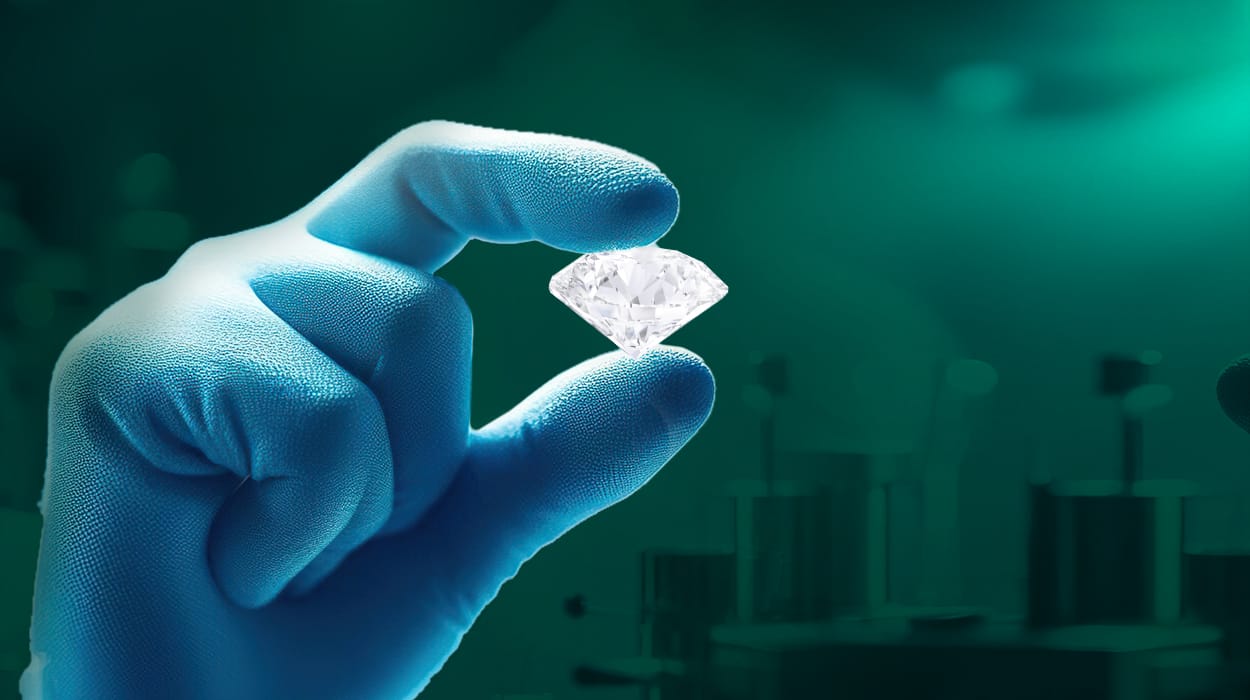
Diamond Engagement Rings: A Modern Choice
When it comes to popping the question, the ring you choose is just as important as the moment itself. In recent years, lab grown diamond engagement rings have become a popular choice for couples looking for ethical, stunning, and budget-friendly options. But what exactly are lab grown diamonds, and why should you consider one for your special day? Let’s dive into this sparkling topic!
What Are Lab Grown Diamonds?
Lab grown diamonds are created in controlled environments using advanced technology. Unlike natural diamonds that form deep within the Earth over millions of years, lab grown diamonds are produced in weeks or months, resulting in stones that are chemically and physically identical to their mined counterparts.
The Creation Process
Lab grown diamonds can be created through two main methods: High Pressure High Temperature (HPHT) and Chemical Vapor Deposition (CVD).
HPHT: This method replicates the natural diamond formation process by applying extreme heat and pressure to carbon.
CVD: In this technique, carbon gases are used in a vacuum chamber to deposit on a substrate, forming diamonds layer by layer.
How They Compare to Natural Diamonds
The primary difference between lab grown and natural diamonds lies in their origin. While both types of diamonds share the same structure and properties, lab grown diamonds are often more affordable and free from the ethical concerns associated with traditional mining practices.
Why Choose a Lab Grown Diamond Engagement Ring?
There are several compelling reasons to consider a lab grown diamond for your engagement ring.
Ethical Considerations
For many couples, the ethical implications of their engagement ring are crucial. Lab grown diamonds eliminate the risk of conflict diamonds and unethical mining practices, allowing you to wear your ring with pride.
Environmental Benefits
Mining for natural diamonds can lead to significant environmental degradation. Lab grown diamonds require fewer resources and produce less waste, making them a more sustainable choice.
Cost-Effectiveness
One of the most attractive aspects of lab grown diamonds is their price. They can be 20-40% less expensive than natural diamonds, allowing you to allocate your budget to other wedding-related expenses or even choose a larger stone.
Different Styles of Lab Grown Diamond Engagement Rings
Just because they are lab grown doesn’t mean they lack style! In fact, these diamonds come in a variety of beautiful designs.
Classic vs. Contemporary Designs
Whether you prefer a timeless solitaire or a trendy halo setting, lab grown diamonds can be crafted into a range of styles that fit your aesthetic perfectly.
Popular Cuts and Settings
Some of the most popular cuts for engagement rings include:
Solitaire, Halo, and Three-Stone Rings
Solitaire: A single diamond that showcases simplicity and elegance.
Halo: A center diamond surrounded by smaller stones, creating extra sparkle.
Three-Stone: Symbolizing your past, present, and future together, this style features a trio of diamonds.
Choosing the Right Lab Grown Diamond
Selecting the perfect lab grown diamond requires some knowledge about what to look for.
Understanding the 4 Cs
The quality of diamonds is measured using the 4 Cs: Cut, Color, Clarity, and Carat Weight.
Cut, Color, Clarity, and Carat Weight
Cut: A well-cut diamond will reflect light beautifully, enhancing its brilliance.
Color: Most people prefer colorless diamonds, but colored diamonds are also a trendy option.
Clarity: This refers to any inclusions or blemishes present in the diamond. Higher clarity usually means a more valuable stone.
Carat Weight: This measures the size of the diamond, so choose one that feels right for your partner.
Finding the Perfect Fit
The fit of the ring is just as important as the diamond itself. Be sure to get an accurate measurement of your partner’s finger size to ensure the ring slips on easily but isn’t too loose.
Where to Buy Lab Grown Diamond Engagement Rings
Once you’ve decided on the style and quality of your lab grown diamond, it’s time to shop!
Online Retailers vs. Local Jewelers
Both online and local jewelers have their pros and cons. Online shopping offers convenience and often lower prices, while local jewelers provide the benefit of seeing the diamond in person.
What to Look for in a Retailer
When choosing a retailer, look for one that specializes in lab grown diamonds and has positive customer reviews. A good retailer will provide certifications to ensure the quality and authenticity of the diamond.
Caring for Your Lab Grown Diamond Ring
To keep your ring sparkling, proper care is essential.
Cleaning and Maintenance Tips
Regular cleaning will keep your diamond looking its best. Use a soft brush and a mixture of mild soap with warm water to clean the diamond gently. Avoid harsh chemicals that could damage the stone.
Safe Storage Practices
When not wearing your ring, store it in a soft cloth or a jewelry box to prevent scratches and tangling with other pieces.
Common Myths About Lab Grown Diamonds
Even with their rising popularity, some myths still linger about lab grown diamonds.
Do They Diminish in Value?
While lab grown diamonds may have a lower resale value than natural diamonds, their appeal lies in their affordability and ethical sourcing rather than their investment potential.
Are They Less Durable?
Not at all! Lab grown diamonds are just as durable as natural diamonds, boasting the same hardness and can withstand daily wear just as well.
Conclusion
Choosing a lab grown diamond engagement ring is not just a stylish decision but a thoughtful one as well. With ethical considerations, cost-effectiveness, and stunning designs, lab grown diamonds are the perfect choice for modern couples. As you embark on this exciting journey, remember to explore various styles, understand the 4 Cs, and select a reputable retailer. Here’s to a beautiful engagement and a lifetime of love and sparkle!








